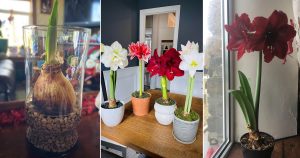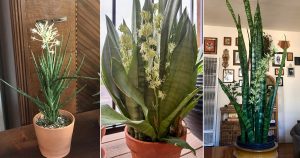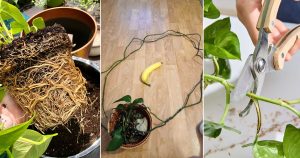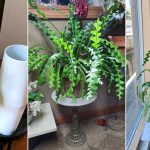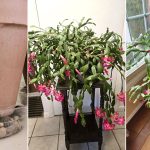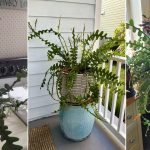If your gardening season is nearing its end, you can turn it over to the birds and enjoy watching their antics all winter long. You don’t need a huge yard to attract birds, especially in the winter, when the pickings are pretty slim. If you provide what birds need, they will come.
So what do birds want in the winter? Basically, seeds and water. Many of the birds that stick around during the winter are seed eaters. Insect eaters migrate because there aren’t very many insects to eat in January. If you allow your plants to produce berries and seeds, or if you put out a bird feeder with the right kind of seeds, birds will be thrilled to visit your garden.
Some people are worried that feeding birds is actually bad for them, that it encourages them to be lazy and only look for food at your bird feeder. The thinking being, that if you had to remove your feeder, the bird would starve. However, studies have shown that birds do not frequent just one feeder or food source. They like visiting multiple locations, a skill developed over thousands of years of evolution. Even before feeders, birds figured out that it was best to search for food in multiple places to limit their risk of starvation. So rest assured, you need not commit to having a feeder in the same location for the rest of your life.
How Your Plants Can Help Birds:
- Instead of deadheading the last of the season’s native flowers, allow them to go to seed. Coneflowers (echinacea), for example, provide great bird food and even look attractive without their petals. If you plant ornamental grasses for fall color, allow them to go to seed.
- Other plants that are good for birds during the winter: coreopsis, sunflower, Virginia creeper, and hyssop. I am letting my sunflower, which is blooming profusely at the moment, go to seed so that birds will be able to stop in for a snack. I am sure my cats will love watching them on Cat TV (i.e. the front window).
- Honeysuckle is another good winter food source. My aunt has one that is trained into a 4 foot topiary tree that lives in a pot on her patio. It looks nice, is balcony friendly, and birds love it. Trifecta!
- Hollies look nice in winter and have red berries birds like eating. They also provide safe shelter for birds.
Water:
- Birds still need water during the winter. Be sure to locate your bird bath in a location that doesn’t make the birds who visit it a sitting duck (pardon the phrase) for cats who are also on the lookout for winter food.
- If you live where water freezes during the winter, buy a heated bird bath. It’s like a bird spa!
Where to Put Feeders and Seed:
- Provide feeders at multiple heights, as some birds like to eat seeds near the ground, some at table-height and some higher up. Most container gardeners don’t have trees to hang feeders in, but you can buy sheppard’s hooks meant for hanging baskets at your garden center. Simply place the hook in your largest container and hang the feeder from that instead. Small hanging feeders that swing in the breeze are attractive to many small agile birds.
- You can also simply sprinkle seed on the ground. Sparrows, juncos, doves, and bobwhites prefer to feed on the ground, and all you have to do is scatter the seed there.
- Another way to provide a raised feeder is to nail a platform (with edges to prevent seeds from falling off) onto a wooden post. Or, if your apartment or condo is not on the ground floor, you can simply nail the platform to a window sill or balcony railing. Purple finches and evening grosbeaks like that set up.
- Be sure to locate the feeders in front of a window where you can enjoy watching the birds who come by for a snack.
What Seed to Provide:
- The favorite bird seed is black sunflower. It attracts cardinals, woodpeckers, blue jays, goldfinches, purple finches, chickadees, titmice, and nuthatches.
- Another good bird seed is niger. Goldfinches love niger. But it’s expensive, so use it sparingly.
- Safflower, a white seed, slightly smaller than a black sunflower seed is another essential. Squirrels don’t like it. However, neither do grackles, blue jays, or starlings. Cardinals, titmice, chickadees, and downy woodpeckers love safflower.
- White seed millet is good for sprinkling on the ground.
On a totally unrelated topic, be sure to check in tomorrow, I’m announcing a fun contest with good prizes!

